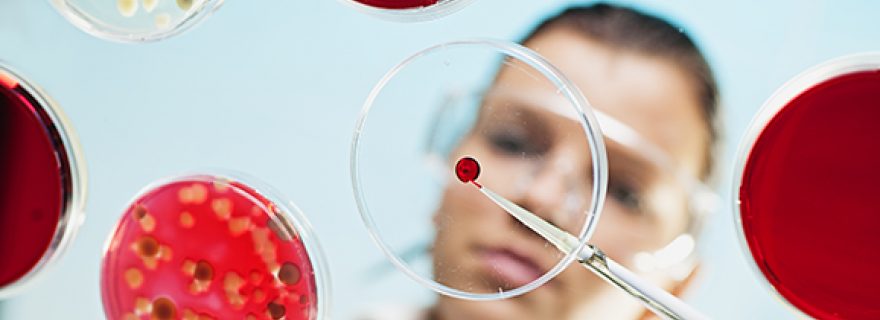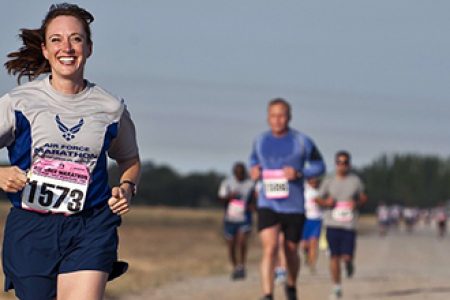Psychology and genetic engineering - part 2
It's been over a month since I first visited the lab. By now I can gladly say I know what a pipet is and I can actually cut and paste the DNA of bacteria. Quite a feat as a psychology student! Read about my experiences as an amateur synthetic biologist.
Dancing at the start
With our team, we have taken over a lab in the Sylvius building. The first day we arrived here we were positively surprised with the amount of space. The room is much bigger than we expected, which has unexpectedly come in handy during waiting steps of our experiments. Sometimes while waiting, we put on a nice song or learn a new dance move from Daphne (who is a great dancer). This was mainly in the first week though, as the materials we had ordered were delayed making us limited in starting all our lab projects. However, in the second week all the needed materials were delivered and we could actually get started with everything!
Creating a super plasmid
When performing lab experiments, one has to follow a certain protocol; a step-by-step plan. The first few days I mostly just did what my lab partner Maaike told me to do. Pipet this liquid in that tube and put it in the stove or the fridge. Yes, this is actually a normal fridge but with a gross smell of bacteria in it, yuck. I did exactly what I had to do but had no clue what I was doing. Without a theoretical background in biology or lab experiments, it was hard to understand why things had to be done like I did. However, the penny dropped slowly while reading, watching and asking more about genetic modification. I still ask Maaike many questions every day. In simple terms, what Maaike and I are trying to do is to create a super plasmid, which is a circular DNA molecule. We do this by cutting a piece of DNA out of a plasmid with special proteins called enzymes, this process is called restriction. For example, cutting the DNA which is responsible for a neon green colour. The next step is to put your DNA part into your mega plasmid, this process is called ligation. The third step is to insert your plasmid in the bacteria. I’m slowly starting to understand this process better and in more detail.
Doing labwork on my own
One morning I got a message from Maaike saying that she was ill and couldn’t make it to the lab. At first a small panic came over me because this meant I had to do things alone. What if I screwed up everything and made horrible mistakes? Looking back now, this was one of the most valuable learning experiences so far. It really boosted my confidence. Because I was on my own, I looked less for confirmation on whether I was doing things correctly. Though I could still discuss my doubts with my other teammates, it led to a more independent way of working and this made me more confident in my lab work. I did my experiments almost on my own and spent most of the day doing my things.
New study year
As I’m writing this, we only have a few weeks of summer left and for me, lectures will start again in September. Fortunately, some of us are taking a gap year and are able to continue lab experiments until mid-October. The rest of the team, including myself, will do their best to combine lectures and exams with our human practices appointments, events like EL CID and the Night of discoveries, and other side projects of iGEM.
I already learned so much and it still feels like there is a whole lot more to discover!
Read Lotte's first blog about iGEM: 'Psychology and genetic engineering - part 1'
Read more about iGem: 'Students hunting for breakthrough in antibiotics resistance'





